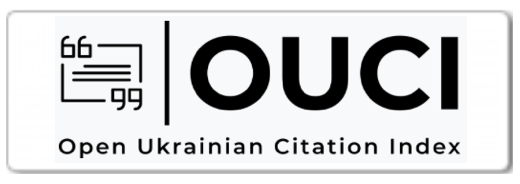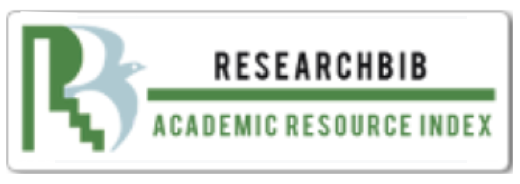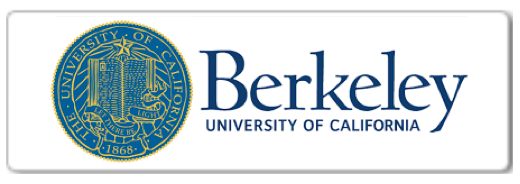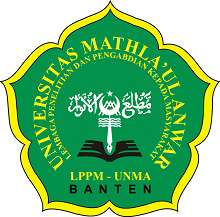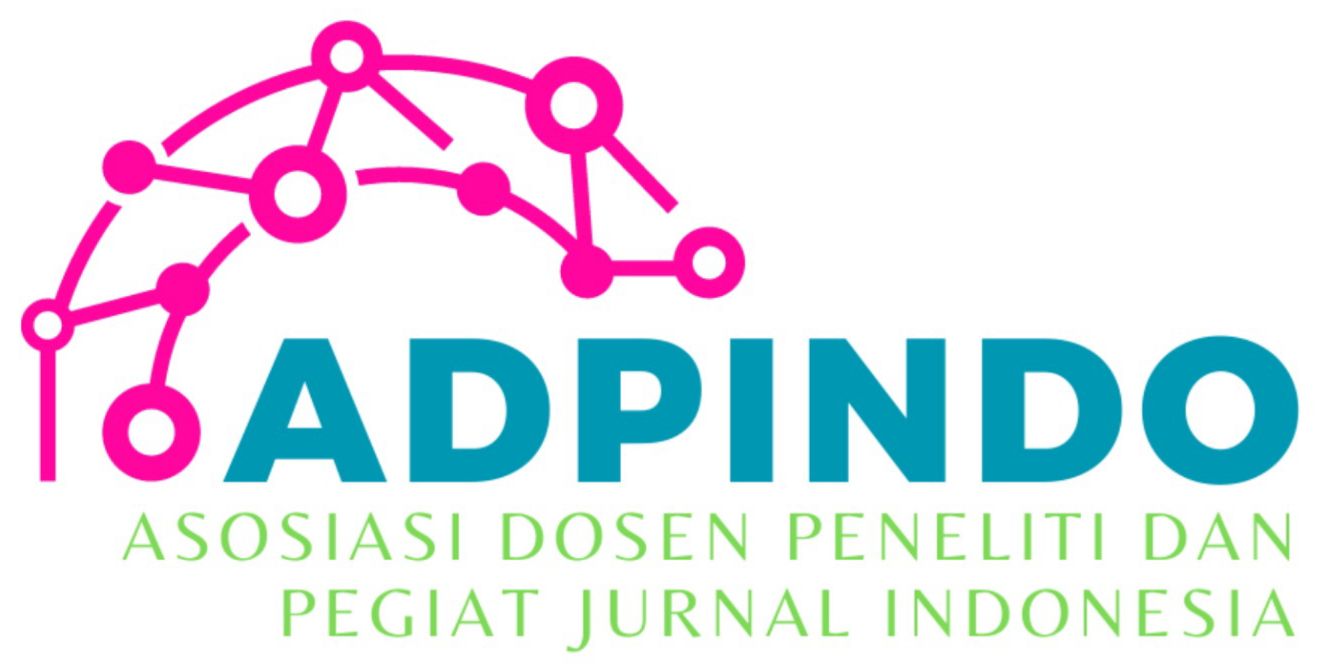THE EFFECT OF ECONOMIC GROWTH AND INEQUALITY ON POVERTY IN LAMPUNG PROVINCE IN 2015-2023
Main Article Content
Syifa Asriyani Fauzia
Marselina
Dedy Yuliawan
This study aims to examine the impact of economic development and inequality on poverty in Lampung Province in 2015-2023. The data used was in the form of panel data from 15 districts/cities in Lampung Province which was analyzed through a random effect model (REM). This analysis shows that GDP per capita and average years of education have a negative and substantial influence on poverty, but the Gini index has a positive and significant impact. The data shows that economic development and higher education contribute significantly to poverty alleviation, but income inequality exacerbates it. These findings are in line with the theory of economic growth, the downward trickle effect, and the theory of structural poverty and human resources, which underscore the importance of equitable distribution of development results and improving the quality of human resources as a method of poverty alleviation.
Ariyani, D., & Nafisyah, D. (2024). The Influence Of The Gini Ratio, Government Expenditure, Education Level And Zis (Zakat, Infaq, Alms) On Poverty In 34 Provinces Ini Indonesia In 2020-2023. Diponegoro Journal of Islamic Economics and Business, 4(2), 83–97. https://doi.org/10.14710/djieb.24288
Badan Pusat Statistik. (2025). Gini Ratio Kabupaten/Kota, 2023.
BPS. (2025). Persentase Penduduk Miskin (persen), 2024.
Cerra, V., Lama, R., Loayza, N., Eichengreen, B., Berg, A., Carapella, P., Cherif, R., Hasanov, F., Ivanyna, M., Narita, F., Pani, M., Schindler, M., Spatafora, N., Tan, X., Wei, J., & Zouhar, Y. (2021). Links Between Growth, Inequality, and Poverty: A Survey We thank Izzati Ab Razak and Jaime Sarmiento for their superb research assistance. We also thank.
Jannah, M., & Sari, I. F. (2023). Analisis Pengaruh Rata- Rata Lama Sekolah, Angka Harapan Hidup dan Pengeluaran Perkapita Terhadap Kemiskinan Provinsi Nusa Tenggara Barat. EKOMA: Jurnal Ekonomi, Manajemen, Akuntansi, 3(1), 164–172. https://doi.org/10.56799/ekoma.v3i1.2108
Kuznets, S. (1955). Economic Growth and Income Inequality. The American Economic Review, 45(1), 1–28.
Lewis, W. A. (1954). Economic Development with Unlimited Supplies of Labour. The Manchester School, 22(2), 139–191. https://doi.org/10.1111/j.1467-9957.1954.tb00021.x
Matter, I. (2024). Determinants of Poverty in Indonesia: Does Per Capita Income Matter? 7(3), 244–256.
Mirnayanti, Masinambow, V. A. J., & Masloman, I. (2024). Pengaruh Pengeluaran Perkapita, Tingkat Pengangguran, dan Rata-rata Lama Sekolah Terhadap Jumlah Penduduk Miskin di Provinsi Jawa Timur. Jurnal Berkala Ilmiah Efisiensi, 24(4).
Psacharopoulos, G., & Patrinos, H. A. (2018). Returns to Investment in Education A Decennial Review of the Global Literature. http://econ.worldbank.org.
Purwono, R., Wardana, W. W., Haryanto, T., & Khoerul Mubin, M. (2021). Poverty dynamics in Indonesia: empirical evidence from three main approaches. World Development Perspectives, 23, 100346. https://doi.org/10.1016/j.wdp.2021.100346
Ravallion, M. (2001a). Growth, Inequality and Poverty: Looking Beyond Averages. World Development, 29(11), 1803–1815. https://doi.org/10.1016/S0305-750X(01)00072-9
Ravallion, M. (2001b). Growth, Inequality and Poverty: Looking Beyond Averages. World Development, 29(11), 1803–1815. https://doi.org/10.1016/S0305-750X(01)00072-9
Sari, E. P., & Novianti. (2024). Pengaruh PDRB terhadap Kemiskinan di Kalimantan Barat Tahun 2017-2022. Ekodestinasi, 2(1), 36–56. https://doi.org/10.59996/ekodestinasi.v2i1.409
Sen, A. (1976). Poverty: An Ordinal Approach to Measurement. Econometrica, 44(2), 219–231. https://doi.org/10.2307/1912718
Setya, M. R. T., & Tohirin, A. (2025). Analisis pengaruh Indeks Pembangunan Manusia (IPM), rasio gini, Tingkat Pengangguran Terbuka (TPT) dan upah minimum terhadap jumlah penduduk miskin di Provinsi Daerah Istimewa Yogyakarta tahun 2014-2023. Jurnal Kebijakan Ekonomi Dan Keuangan, 227–234. https://doi.org/10.20885/JKEK.vol3.iss2.art13
Smith, S., & Todaro, M. P. (2003). Economic Development, 12th Edition (The Pearson Series In Economics).
Stiglitz, J. E. (2012). The Price of Inequality: How Today’s Divided Society Endangers Our Future. W. W. Norton & Company.
Suryahadi, A., Suryadarma, D., & Sumarto, S. (2009). The effects of location and sectoral components of economic growth on poverty: Evidence from Indonesia. Journal of Development Economics, 89(1), 109–117. https://doi.org/10.1016/j.jdeveco.2008.08.003
Yasir, H., Susetyo, D., & Bashir, A. (2024). The Relationship Between Education Inequality, Poverty, and Economic Growth. Jurnal Informatika Ekonomi Bisnis, 6(2 SE-Articles). https://doi.org/10.37034/infeb.v6i2.867
Yusuf, A. A., Sumner, A., & Rum, I. A. (2014). Twenty Years of Expenditure Inequality in Indonesia, 1993-2013. Bulletin of Indonesian Economic Studies, 50(2), 243–254. https://doi.org/10.1080/00074918.2014.939937


















